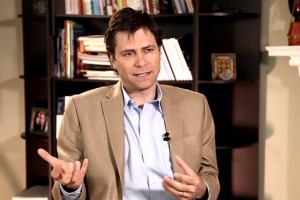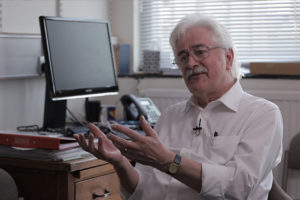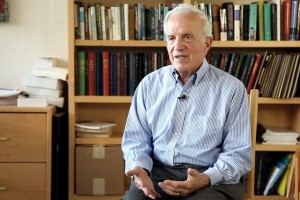The Mathematical Structure of Our Universe
Physicist Max Tegmark on using mathematics to explain the Universe, and how we could develop software to map a...
When is quantum optics necessary to explain the behavior of light? Why are radiowaves used in communications? Mallinckrodt Professor of Physics at Harvard University and Noble Prize winner in Physics Roy Glauber speaks on how a quantum view on the nature of light has emerged and led to new discoveries.
The light doesn’t behave just like a wave, but it behaves as if it were a shower of particles as well, and even much more importantly there is something very subtle — these are not material particles in the usual sense — and they are a funny compromise between waves and particles. You see remarkably contrasting sorts of behavior even within a single kind of experiment, once you’ve devised the experiment cleverly enough.
The people who deal with form of light called radiowaves are accustomed to coherent signals: radio, television, all of the things we use to communicate by means of radio. All of those are ones in which the quanta behaves coherently. The quanta are all doing more or less the same thing instead of just behaving randomly. When quanta behave randomly, well that’s an idealizations of what radio people call ‘noise’. There’s an awful lot of noise in the world. And a great deal of attention these days is directed toward developing coherence.
You had the maser which was the microwave device for generating coherent microwave beams. What Townes did was to succeed in doing that with visible light which is quite short wavelength. He did that with considerable understanding of the interaction between light quanta and matter but the curious thing is that his theory as far as light was concerned was the classical theory of electro-magnetic field. He worked out a scheme in theoretical terms in which atoms interacted with this classical field and on that basis was able to develop the laser.

Physicist Max Tegmark on using mathematics to explain the Universe, and how we could develop software to map a...

Physicist David Southwood on how the magnetic field of Earth causes natural losses of spacecraft, the aurorae ...

Physicist Daniel Kleppner on precise time measurements, gravitational field, and the Global Positioning System